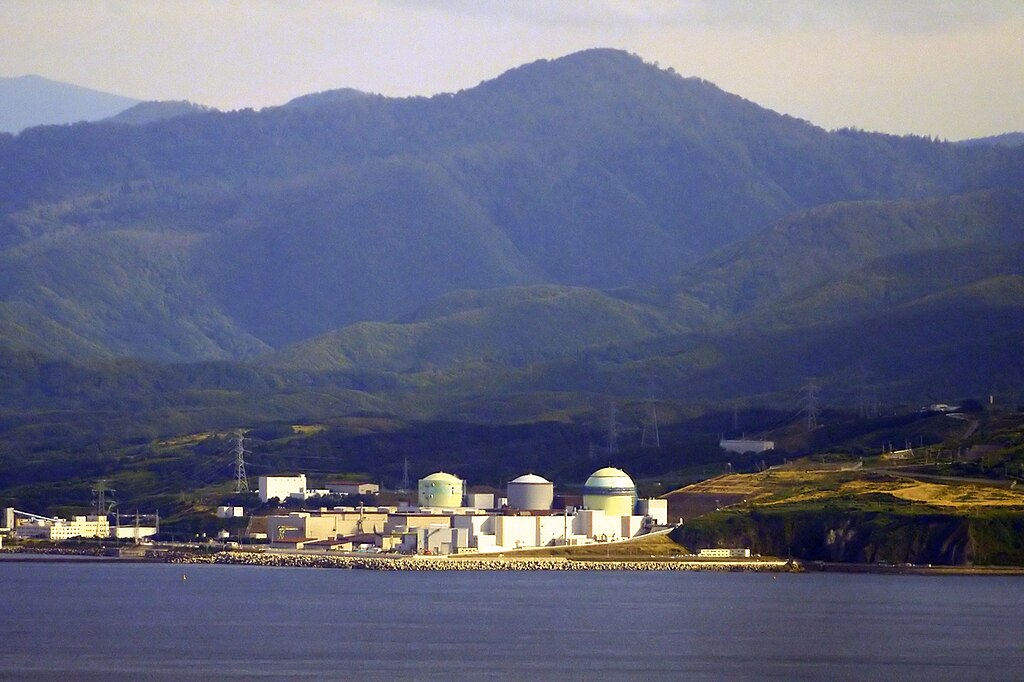Tomari NPP as a Case Study
In the last decade, Japan has restarted a third of its nuclear reactors. To hit the government targets for the sector within the power mix, and help play a role in cutting the nation’s emissions, at least another third of the reactors have to come back online.
The problem is, the updated regulatory environment and the need for a social buy-in has arguably made each new restart in Japan harder, not easier. Even a new nuclear facility, such as the third unit of the Tomari NPP, on the northern island of Hokkaido, has spent over three times as long under regulatory review than in operation.
As Japan seeks to overhaul and decarbonize its energy sector, nuclear power has been allocated an important role by the government. The traditionally CO2-free, stable and low-cost electricity from the NPPs is seen by officials as also supporting the recent local revitalization of the semiconductor sector.
While METI is keen to retain nuclear power as ideally providing 20-22% of the nation’s electricity, the deliberations of officials over the next Basic Energy Plan have to take into consideration a stark reality: Restarting an NPP in Japan is not just hard, it’s unpredictable. Prime Minister Kishida has already failed to deliver on the quick restarts promised two years ago. This raises the question as to how much should state and business officials rely on nuclear energy in 2030 and beyond.
Japan NRG will review the situation around the Tomari NPP as a case study into the factors that are driving the nuclear restart story.

